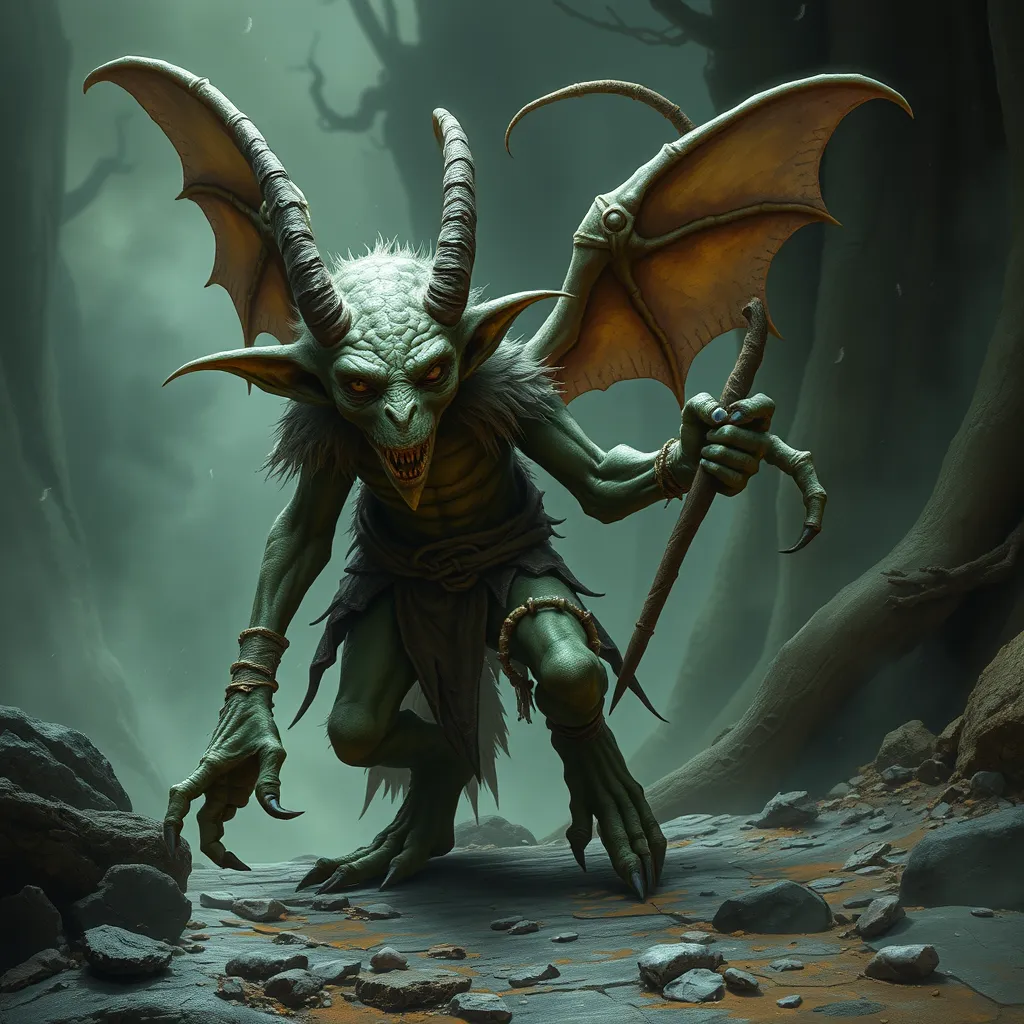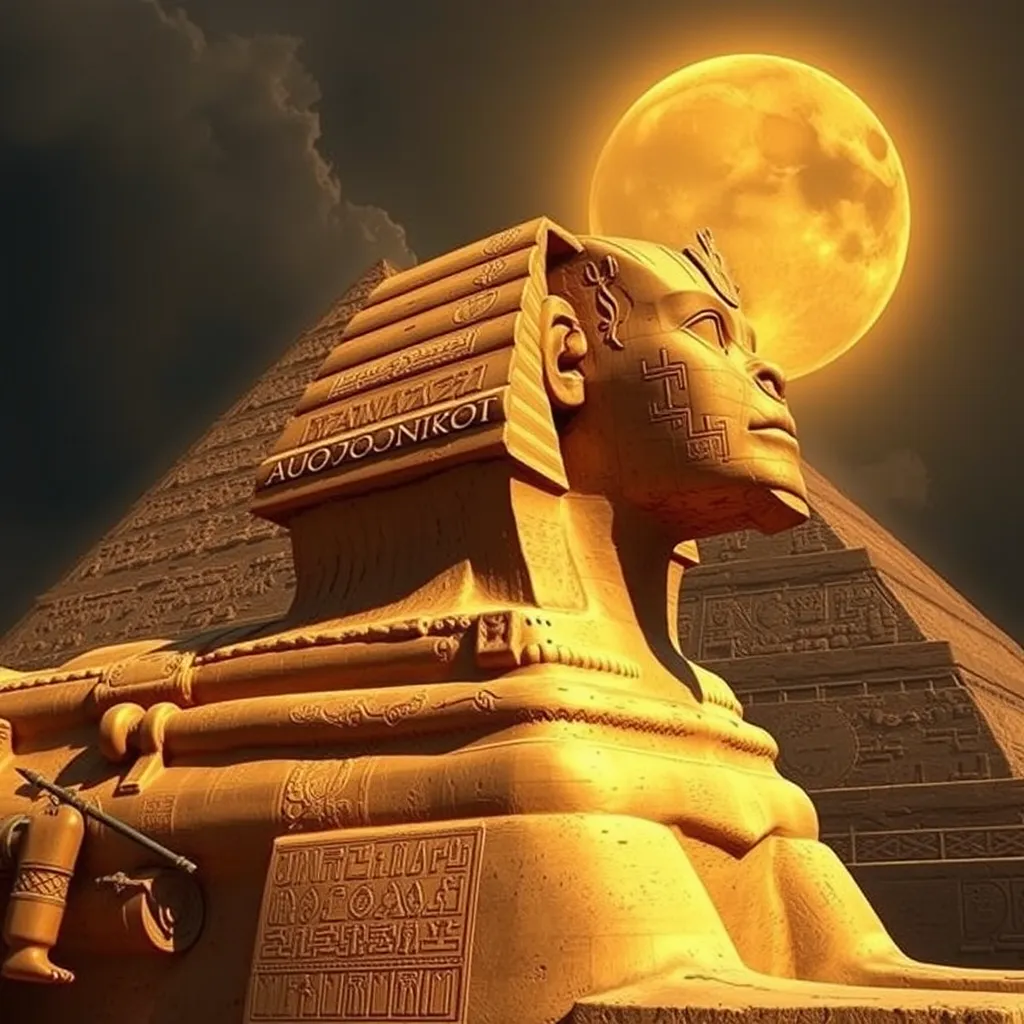The Mayan Language: Echoes of Itzamná in Mayan Linguistic Traditions
I. Introduction
The Mayan civilization, one of the most advanced cultures in pre-Columbian America, flourished in what is now Mexico, Guatemala, Belize, and parts of Honduras and El Salvador. Known for their remarkable achievements in architecture, mathematics, astronomy, and agriculture, the Mayans also possessed a rich cultural tapestry interwoven with language. Language, a fundamental aspect of cultural identity, has played a crucial role in the preservation and expression of Mayan heritage.
Central to the Mayan worldview is Itzamná, a revered creator god often associated with wisdom, healing, and the written word. His significance in Mayan mythology extends to the very fabric of language, influencing how the Mayans communicate their beliefs, traditions, and stories.
II. Historical Context of the Mayan Language
The Mayan language family consists of over thirty languages, with historical roots that trace back thousands of years. These languages have evolved significantly, yet they retain many linguistic features that reflect their ancient origins.
- Evolution of the Mayan language family: The family can be divided into several branches, including Yucatecan, K’ichean, and Q’anjobalan, each with its own distinct dialects and variations.
- Role of language in preservation: Language serves as a vessel for cultural knowledge, enabling the transmission of traditions, history, and values from one generation to another.
- Impact of colonization: The arrival of Spanish colonizers in the 16th century led to significant disruptions in the use of Mayan languages, resulting in language shift, loss, and suppression.
III. Itzamná: The Creator God and Linguistic Influence
Itzamná is often depicted as a benevolent deity, embodying wisdom and creativity. His mythology is rich with symbolism and significance, representing the duality of life and the interconnectedness of all things.
- Mythology and attributes: As a creator god, Itzamná is said to have invented writing and given the Mayans the gift of language, enabling them to record their history and communicate their beliefs.
- Connection to language origins: Itzamná’s association with language underscores the belief that words hold power, and that storytelling is a sacred act of creation.
- Influence on literature: Many Mayan texts and oral traditions feature Itzamná as a central figure, highlighting his role in shaping the literary landscape of the civilization.
IV. Linguistic Features of Mayan Languages
The linguistic diversity within the Mayan language family is remarkable, with each language exhibiting unique grammatical structures and vocabulary.
- Major languages: Some of the most widely spoken Mayan languages include:
- Yucatec Maya
- K’iche’ Maya
- Q’eqchi’ Maya
- Grammatical structures: Mayan languages often feature complex verb forms, a rich system of prefixes and suffixes, and an ergative-absolutive alignment.
- Linguistic diversity: This diversity is a source of pride for many Mayan communities, reinforcing their cultural identity and heritage.
V. The Preservation of Mayan Languages Today
Despite facing numerous challenges, many Mayan languages continue to thrive in contemporary society.
- Current status: While some languages have experienced decline, others are being revitalized through educational programs and community initiatives.
- Revitalization efforts: Organizations and grassroots movements are working tirelessly to promote bilingual education, create written materials, and encourage the use of Mayan languages in daily life.
- Significance of preservation: Maintaining linguistic diversity is vital for preserving cultural heritage, identity, and the unique worldviews of the Mayan people.
VI. The Role of Oral Tradition and Storytelling
Oral tradition is a cornerstone of Mayan culture, serving as a means of transmitting knowledge, history, and values.
- Importance of oral tradition: Storytelling fosters community cohesion and reinforces shared identities among the Mayan people.
- Examples of stories: Myths featuring Itzamná, such as the creation stories and the Popol Vuh, illustrate the profound connection between language, culture, and spirituality.
- Impact on language: Storytelling not only preserves the language but also enriches it, adding layers of meaning and cultural significance.
VII. Modern Interpretations and Academic Studies
Research on Mayan linguistics continues to evolve, exploring the intricate relationships between language, culture, and identity.
- Current research: Scholars are investigating the linguistic structures of Mayan languages, their historical development, and their role in contemporary society.
- Interplay of language and culture: Studies highlight how language shapes cultural identity and how cultural practices influence linguistic expression.
- Contemporary perspectives: Discussions surrounding Itzamná and Mayan mythology are increasingly relevant in modern discourse, fostering a deeper understanding of Mayan heritage.
VIII. Conclusion
The legacy of Itzamná in Mayan linguistic traditions is a testament to the enduring power of language as a vehicle for cultural expression and identity. As the Mayan people navigate the complexities of modernity, the preservation of their languages remains crucial for maintaining their unique heritage.
Language is not merely a means of communication; it is a reflection of a community’s history, values, and worldview. The future of Mayan languages hinges on continued research, revitalization efforts, and a commitment to honoring the voices of the past while embracing the possibilities of the future.



